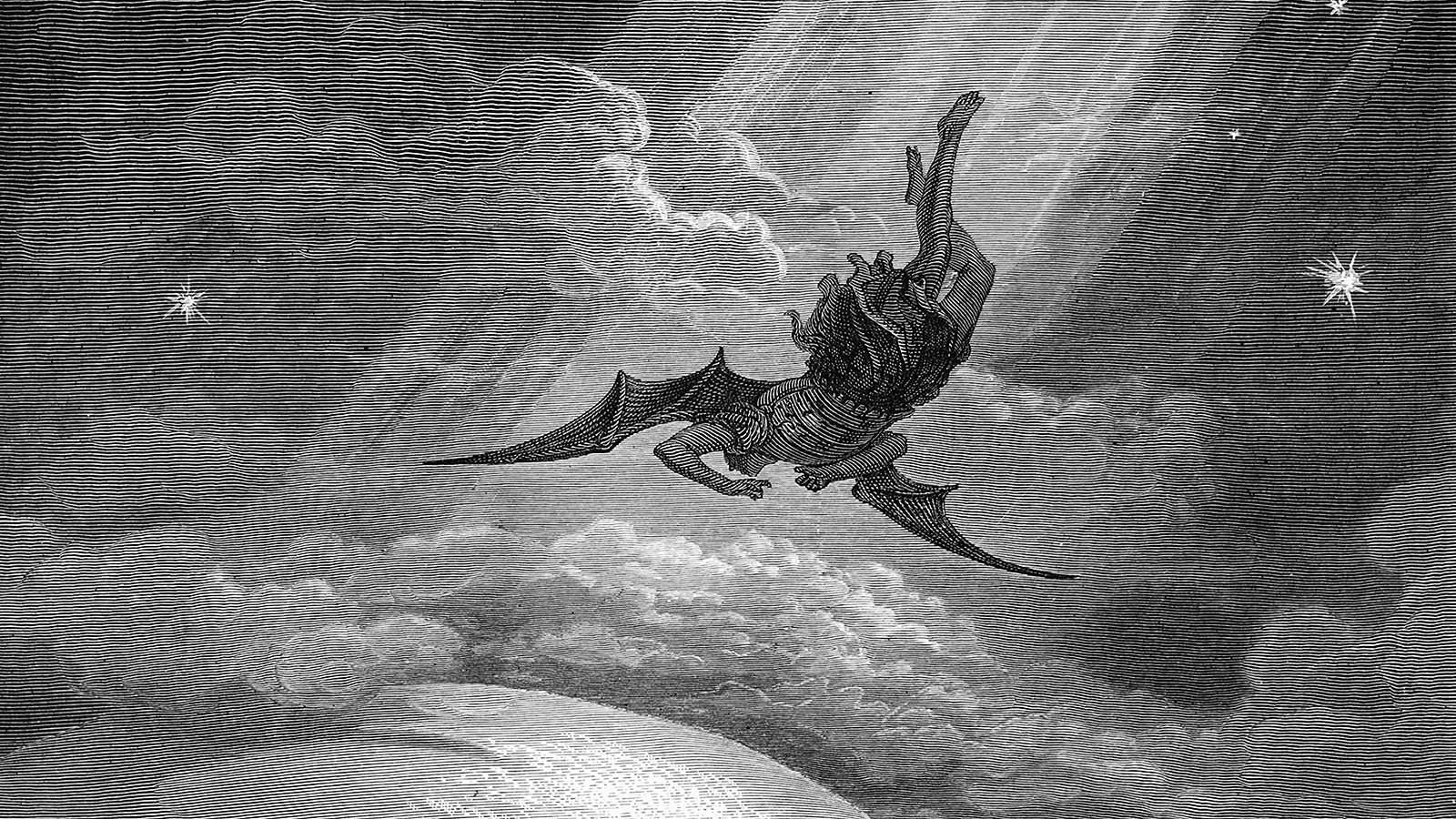Lucifer & Satan: The Truth Behind The Fallen Angel!
Detail Author:
- Name : Chaya Johns DVM
- Username : dibbert.mateo
- Email : omccullough@rogahn.org
- Birthdate : 1973-01-27
- Address : 62609 Gia Walks Suite 932 West Brennon, MT 43710
- Phone : 959.845.0822
- Company : D'Amore Ltd
- Job : Skin Care Specialist
- Bio : Consectetur vel sed occaecati nulla officia. Culpa dolorum atque est. In ducimus quis qui libero placeat est. Sapiente tempora rem asperiores voluptas impedit quo rem.
Socials
linkedin:
- url : https://linkedin.com/in/reynolds2004
- username : reynolds2004
- bio : Et esse itaque provident ullam esse nesciunt.
- followers : 866
- following : 1459
tiktok:
- url : https://tiktok.com/@reynolds1982
- username : reynolds1982
- bio : Vel itaque incidunt et.
- followers : 3076
- following : 979
Is the name "Lucifer" synonymous with pure evil, or is there more to the story? The figure of Lucifer is far more complex and nuanced than simple depictions of a fallen angel suggest, encompassing a rich tapestry of mythology, religious interpretation, and cultural symbolism that has evolved over centuries.
The name "Lucifer," derived from the Latin term for "light-bringer" or "morning star" (referring to the planet Venus), carries a history that stretches back to ancient mythology. Over time, and particularly within Christian tradition, Lucifer became inextricably linked with Satan, the devil, and the embodiment of evil. But this association wasn't always the case, and a closer examination reveals a far more fascinating narrative.
| Lucifer: A Multifaceted Figure | |
|---|---|
| Aspect | Description |
| Origin | Latin for "light-bringer," associated with the morning star (Venus). |
| Mythological Roots | Initially a poetic reference to the dawn; later, a figure in Roman mythology. |
| Biblical Context | References in Isaiah (specifically Isaiah 14:12) interpreted as a description of a fallen angel. |
| Christian Interpretation | Became associated with Satan, the devil, and the embodiment of evil after the fall from grace. |
| Alternative Views | Some interpretations view Lucifer as a symbol of rebellion, enlightenment, and individual empowerment. |
| Cultural Impact | Influenced art, literature, and popular culture, appearing in various forms from a tragic figure to a charismatic anti-hero. |
| Modern Interpretations | Representations vary widely, from a symbol of pure evil to a figure of liberation and free will. |
| Related Figures | Satan, the Devil, Baphomet (in some contexts) |
| Key Themes | Rebellion, pride, fall from grace, temptation, good vs. evil, enlightenment, free will |
| Further Reading | Encyclopædia Britannica - Lucifer |


